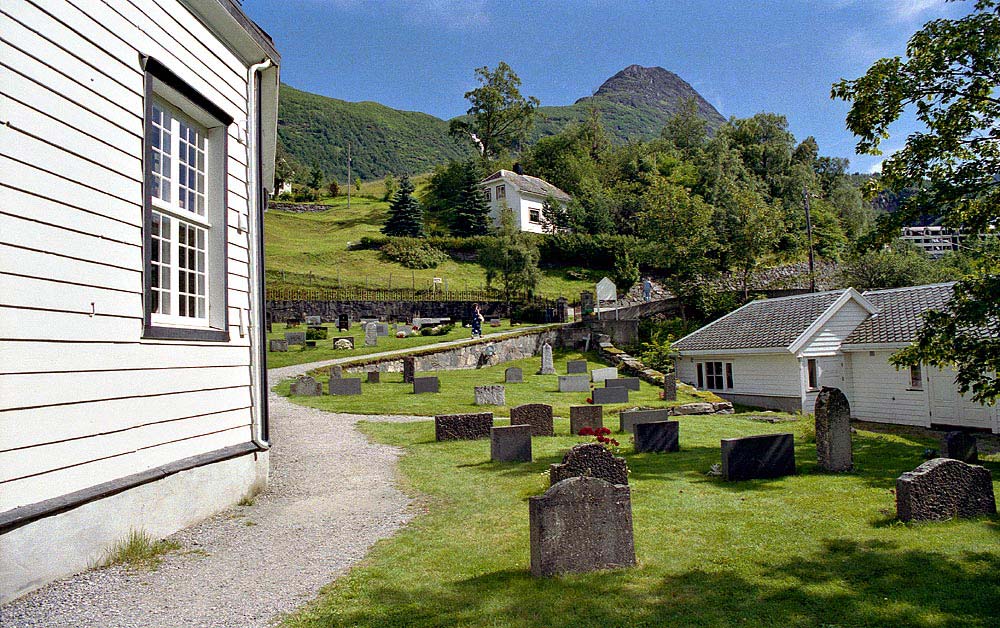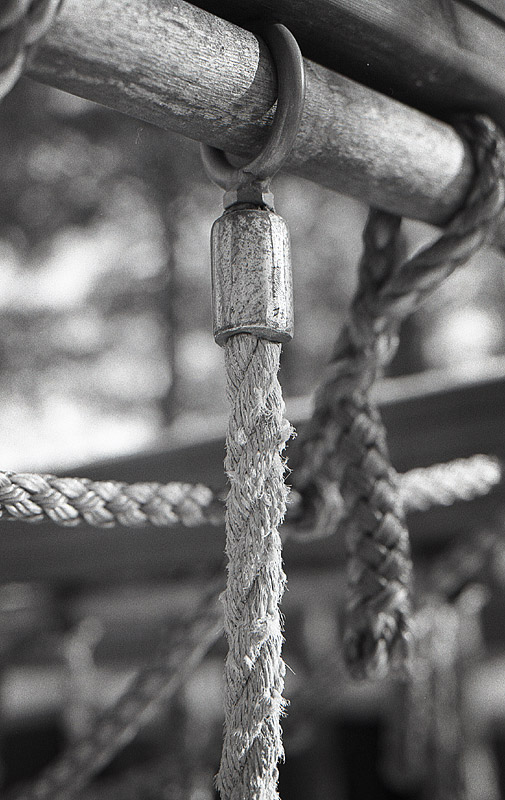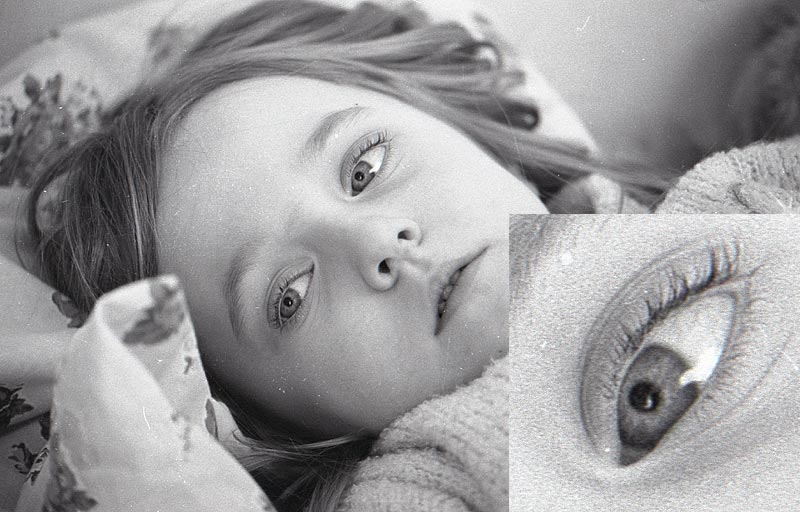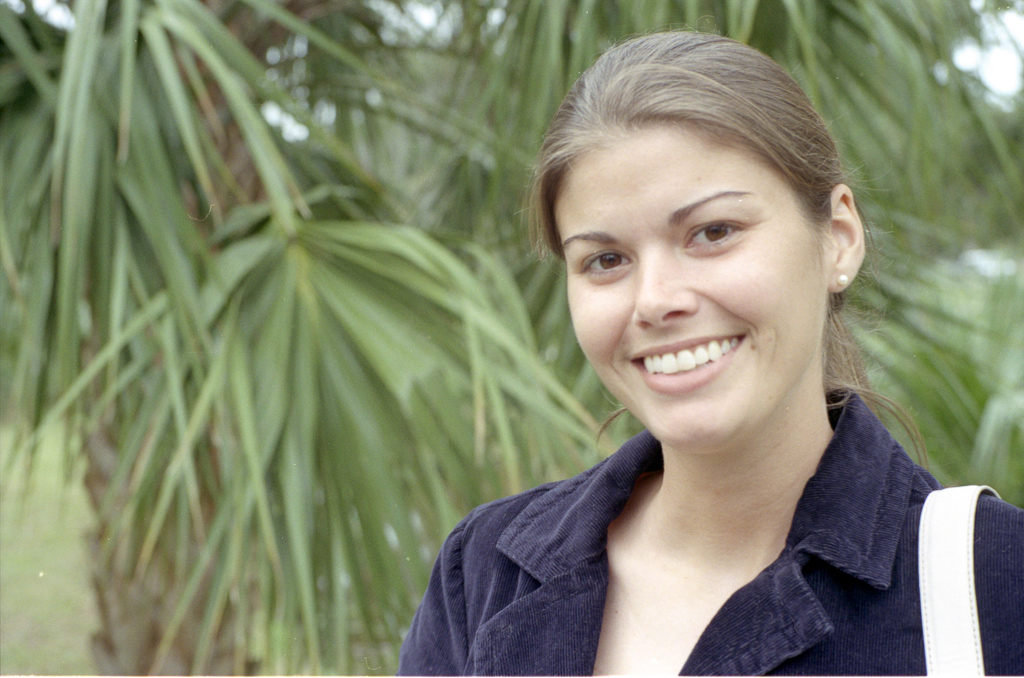Results Thus Far
Results Thus Far
After having played with my new scanner far too much, but still not enough, these past two or three days, I've developed some skills in using it. I've also taken the advice of a few here to buy a copy of VueScan. I've used it on a trial basis a few times over the years when I was in a bind trying to scan documents. So, I was already familiar with how well it works in general, and therefore willing to buy it. I agree now that it's much better and easier to use than the software provided with the scanner. So, I'd like to show y'all how the scanner is faring with me so far.
Below is a photograph that I took a year ago with my Canon P and a new Voigtlander 50mm lens. It's a picture of a friend of mine. I took it in New Orleans, in City Park with plenty of dark gray clouds overhead, but lots of light. I used Kodak Portra 160NC film. This digital version was on the disk I was given with the prints and negatives from the photography store I used in the New Orleans area. As you can see, it's not a pretty picture of an otherwise pretty young woman. I've tried to improve it in PhotoShop, but it only seemed to get worse, so I left it like it was.

Yesterday, I scanned the negative for that photo using my new Epson V700 scanner. It gave me a clear image that was very usable, one that I was able to tweak in PhotoShop to get the white balance and other factors right. It produced a huge, high resolution digital image for me from which I could easily print a nice 5 x 7 inch photograph. I exported it to a smaller image so it wouldn't be too large for y'all to view here. Below is that exported, new image.
How does it look to y'all? To me it's much clearer and, of course, it has better coloring. Maybe someone more skilled in PhotoShop could have squeezed something as good from the first one. But at 72 dpi and no bigger than 1908 x 1272, compared to the second one with 4800 dpi and 8945 x 5920, I can't see how.






